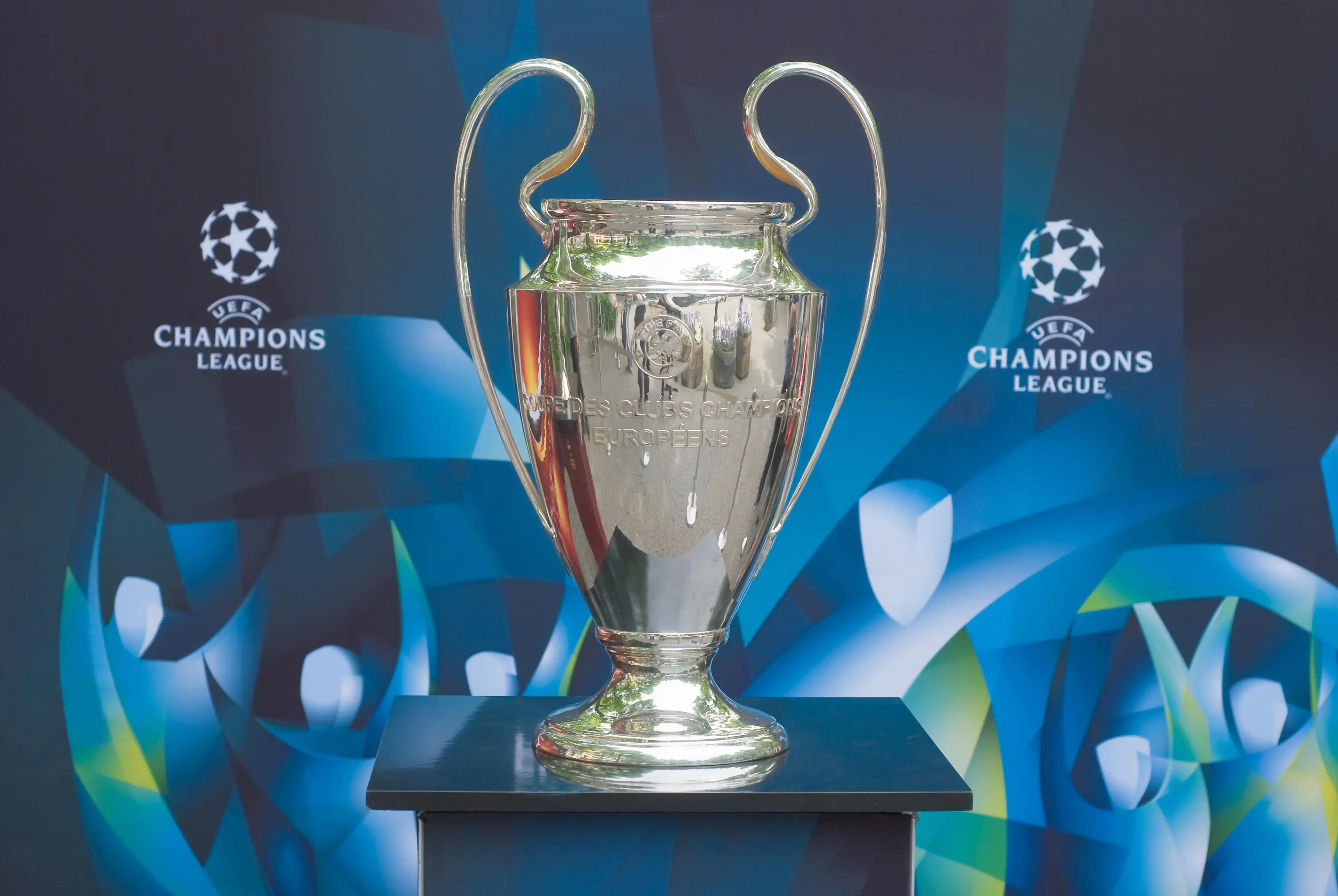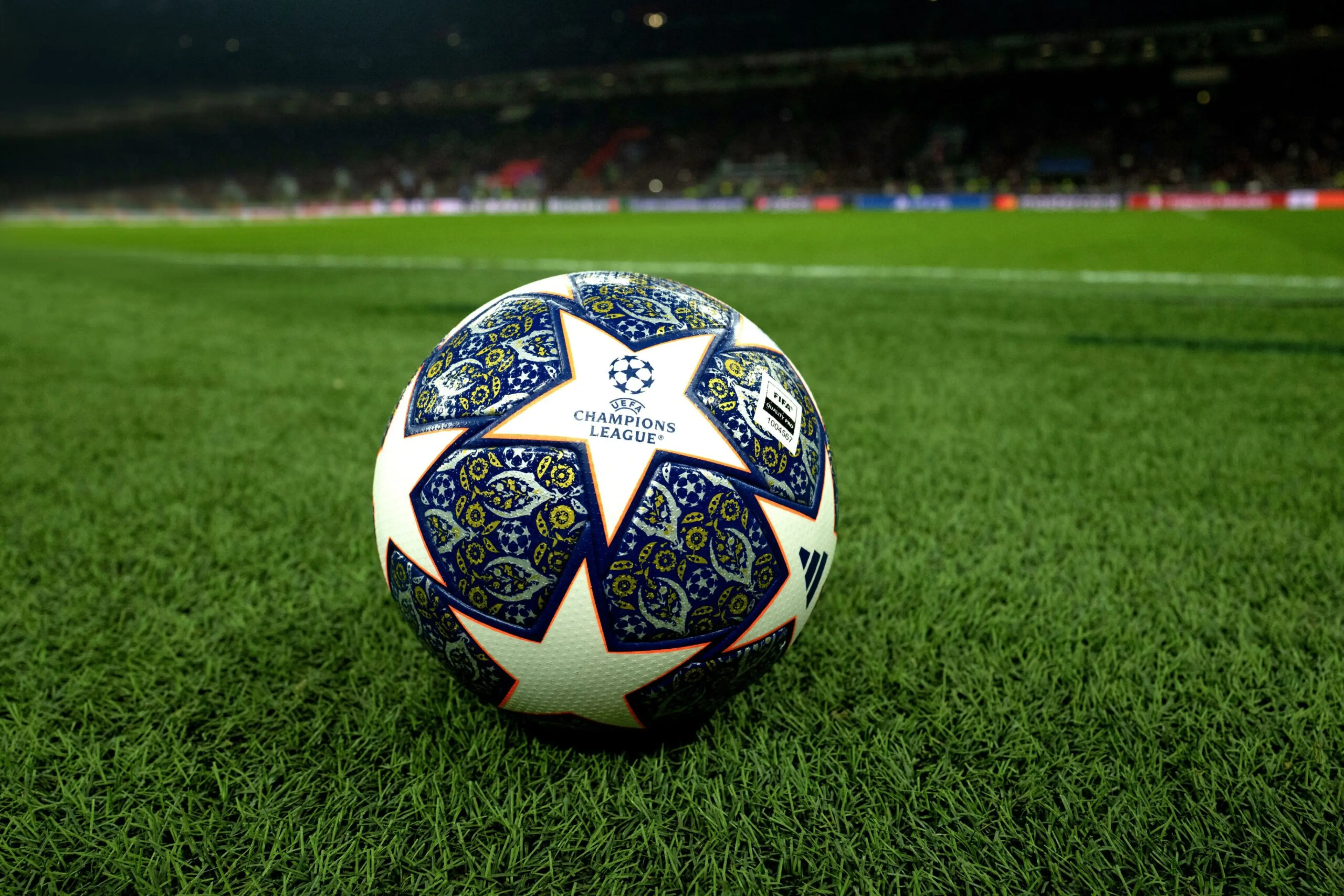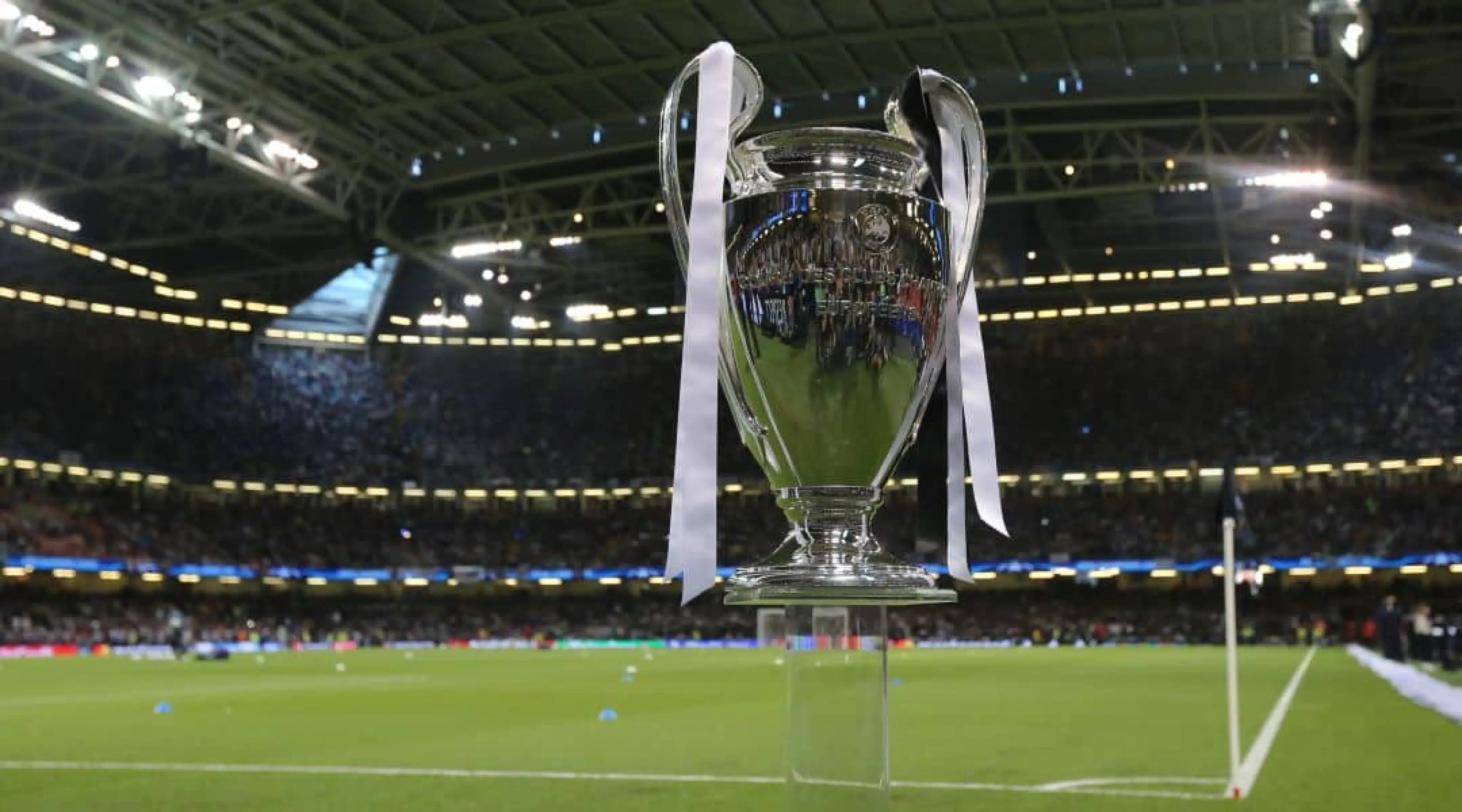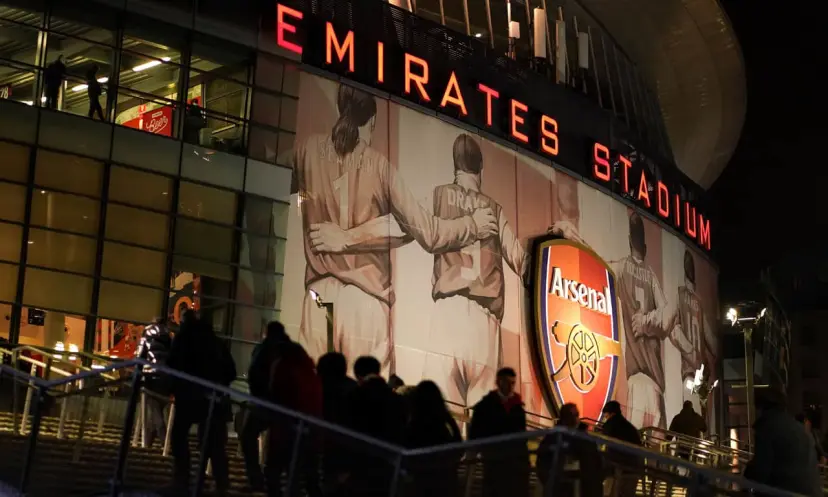Everything you need to know about the new Champions League format
Published:
Football fans, brace yourselves! The UEFA Champions League is undergoing a major transformation starting this year.
With changes designed to increase competition and excitement, this revamp promises to deliver more thrilling matches and unforgettable moments for fans across the globe.
Here’s everything you need to know about the new format, how it works, and what it means for clubs and supporters alike.
The Champions League format explained
More Teams, More Matches
One of the most significant changes is the expansion of the tournament from 32 to 36 teams. This expansion means more clubs will get a chance to compete on Europe’s biggest stage, bringing in fresh talent and creating new rivalries.
The additional slots will be filled by teams from leagues that traditionally have fewer representatives, promoting a more diverse and inclusive competition.
The news hasn't been welcomed by officials from clubs those, with many feeling that players are already overworked, and that was before more matches were added to the calendar.

Swiss Model League Format
The traditional group stage format is being replaced by a single league phase known as the "Swiss Model."
In this new system, all 36 teams are placed in one league table, each playing eight matches against different opponents.
Teams will face a mix of opponents based on seedings, ensuring a balanced competition where giants meet underdogs and anything can happen.
How does the Champions League new format work?
League Phase Dynamics
In the league phase, each team plays four home and four away matches against opponents determined by a seeding system.
This phase will take place over ten weeks, providing fans with consistent top-tier football action.
The goal is to accumulate as many points as possible to finish in the top eight, which guarantees direct progression to the knockout rounds.
Knockout Round Qualification
The top eight teams from the league phase will automatically advance to the round of 16. Teams that finish 9th to 24th will enter a playoff round, with the winners advancing to the round of 16.
This change adds a layer of excitement as clubs battle fiercely to secure their place in the knockout stages.

The Knockout Rounds
Traditional Knockout Drama
Once the round of 16 is set, the tournament reverts to the familiar knockout format, culminating in the final at a pre-determined venue., for 2025, the Allianz Arena in Munich.
The knockout rounds remain unchanged, ensuring that fans still get to enjoy the high-stakes drama of home-and-away legs leading to the prestigious final.
What does this all mean?
For clubs, the new format offers increased opportunities for growth and success on the European stage.
The additional games mean more revenue, exposure, and the chance to compete against a wider variety of opponents. albeit clubs will need to rely on their depth more than ever to prevent their starters picking up injuries.
Smaller clubs benefit from increased participation opportunities, potentially reshaping the competitive landscape.
For fans, the revised format promises more high-quality matches and diverse encounters.
With more clubs in the mix, supporters can expect to see their teams face off against a broader array of European talent, creating unforgettable moments and new footballing narratives.

The new format is also being used in both the Europa League and the Europa Conference League, creating a sense of synergy amongst the continent's three club competitions.
How can I watch the Champions League?
When does the Champions League start?
When is the Champions League final?
Ladbrokes has already looked at the front-runners to win this year's Champions League, with Man City the favourites to win the competition once again come next May.
View the latest football odds.
All odds and markets are correct as of the date of publication.








